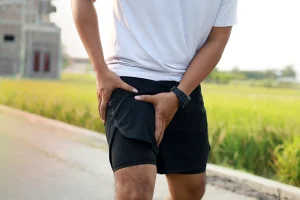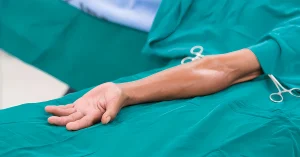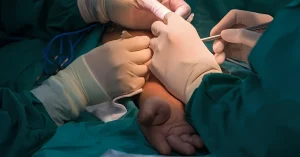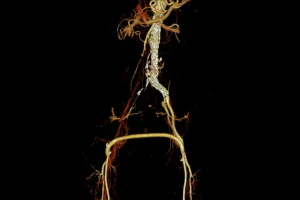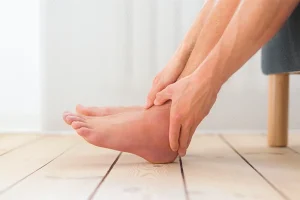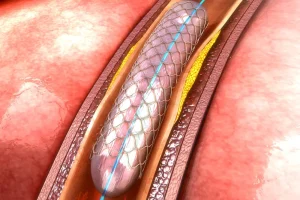Femoral Endarterectomy
Surgical Treatment for Restoring Circulation
Home » Endarterectomy » Femoral Endarterectomy
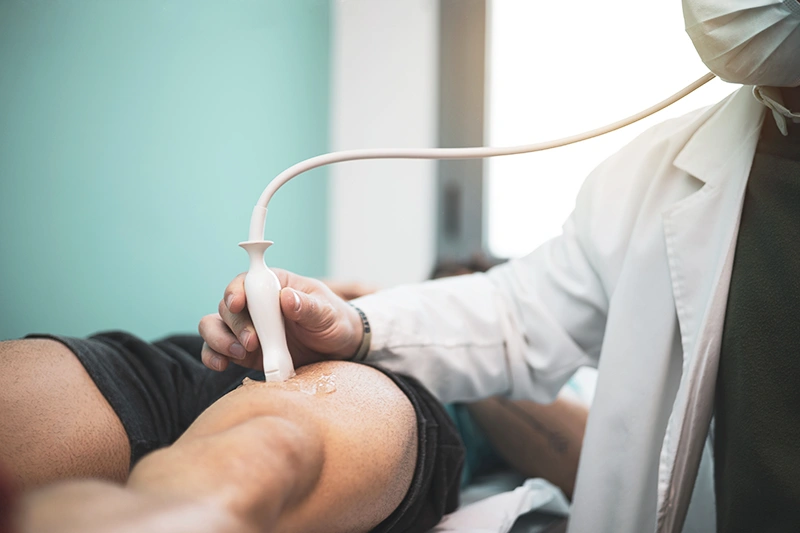
Femoral endarterectomy is an effective surgical procedure for treating blocked or narrowed arteries in the lower limbs. This intervention significantly enhances blood circulation, reducing pain and the risk of severe complications.
Timely surgical care can restore mobility, alleviate discomfort, and prevent progression of arterial disease. Schedule a consultation with a specialist to determine if femoral endarterectomy is the most suitable solution for your vascular health.
Book an Appointment
What is Femoral Endarterectomy?
Femoral endarterectomy is a surgical procedure that removes atheromatous plaque from the inner walls of the femoral arteries. It is recommended for patients experiencing:
- Intermittent claudication (pain while walking);
- Critical limb ischemia;
- Severe arterial obstruction that does not respond to conservative treatments.
Benefits of Femoral Endarterectomy
- Improved blood circulation in the lower limbs;
- Reduced pain and discomfort while walking;
- Prevention of amputation and severe complications;
- Quick recovery and return to daily activities;
- Long-term results with a low risk of recurrence.
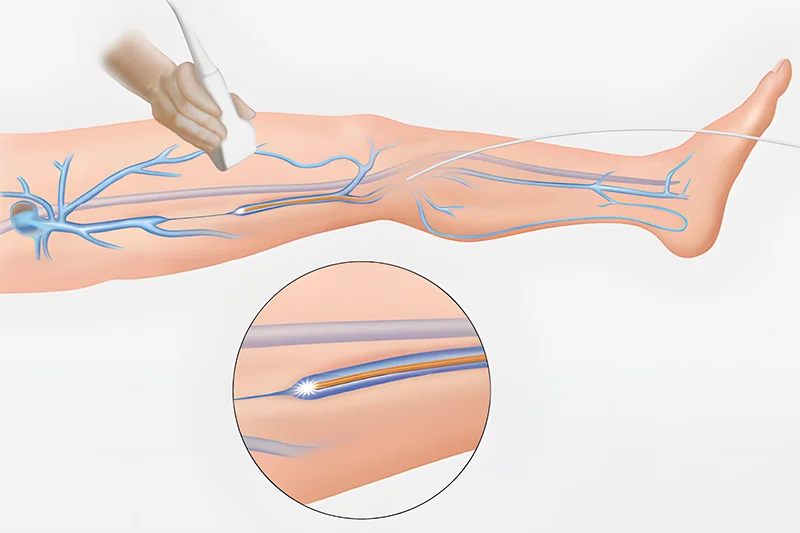
When is This Procedure Recommended?
Femoral endarterectomy is advised in cases of:
- Severe occlusive arterial disease;
- Constant pain, even at rest;
- Tissue damage resulting from insufficient circulation;
- Lack of response to drug treatments or angioplasty.
How Does the Procedure Work?
- Initial consultation and comprehensive evaluation with Doppler ultrasound or angiography;
- Administration of local or general anesthesia, depending on case complexity;
- Removal of atherosclerotic plaque from the affected femoral artery
- Closure of the incision and application of a compression bandage;
- Post-operative monitoring and development of a personalized recovery plan.
Post-Operative Recovery
For optimal recovery after femoral endarterectomy, patients are advised to:
- Get up and walk carefully shortly after the procedure;
- Avoid strenuous physical activity for 4-6 weeks;
- Take prescribed medications to prevent complications;
- Maintain a healthy lifestyle to support vascular health;
- Attend regular follow-ups to monitor progress.
Modern medical solutions ensure patients no longer need to live with discomfort. Schedule a consultation at the VenArt Clinic to explore the best treatment options for your needs.
Why Choose the VenArt Clinic?
- Quick recovery with minimal or no pain;
- Excellent aesthetic outcomes;
- Reduced risk of complications;
- Safe and reliable procedures;
- Use of modern technologies to enhance comfort;
- Short hospital stay.
Medical Team
Frequently Asked Questions
How long does the procedure take?
The procedure typically takes 1-2 hours depending on complexity.
Is the procedure painful?
The procedure is performed under anesthesia, so patients do not feel pain during surgery.
Is hospitalization necessary for this procedure?
Yes, a 1-2 day hospital stay is usually required to monitor immediate post-operative recovery.
How long does recovery take?
Full recovery generally requires 4-6 weeks.
How often do I need to come in for check-ups after the procedure?
Initial follow-ups occur 2 weeks post-operation, then at 1 month, 3 months, and subsequently at intervals determined by your doctor to track long-term progress.
What are the symptoms that indicate the need for a femoral endarterectomy?
Symptoms include leg pain during walking (intermittent claudication), pain at rest, numbness, non-healing wounds, and skin discoloration in the lower limbs.
What diet should I follow after the procedure?
A balanced diet low in saturated fats and rich in fruits, vegetables, and low-salt foods is recommended to prevent new plaque formation.
Can I smoke after femoral endarterectomy?
No, smoking increases recurrence risk and can impede recovery. Complete cessation is advised.
Is recurrence possible after femoral endarterectomy?
While the procedure provides excellent long-term results, there is a low risk of re-narrowing. Adopting a healthy lifestyle helps reduce this risk.

